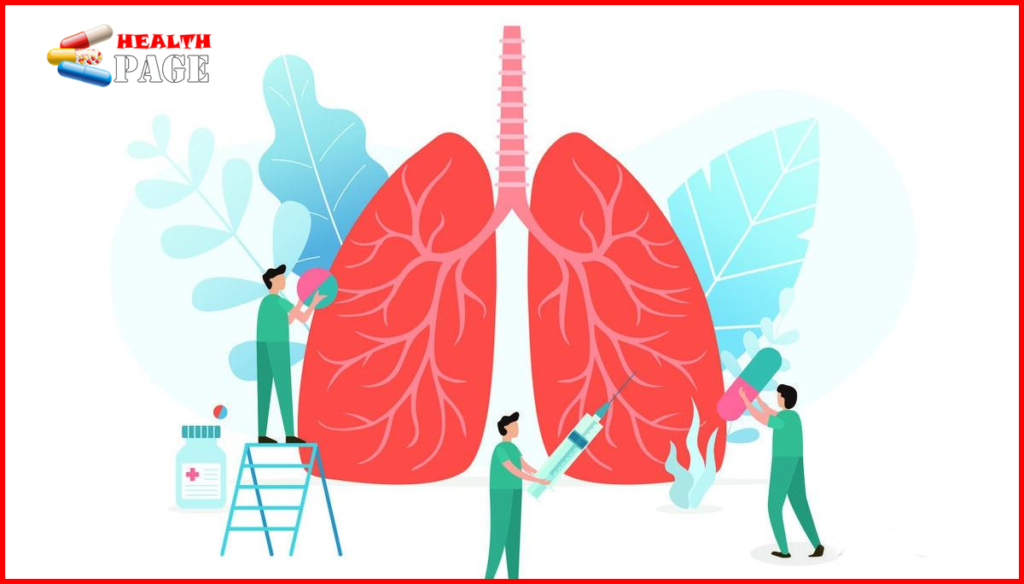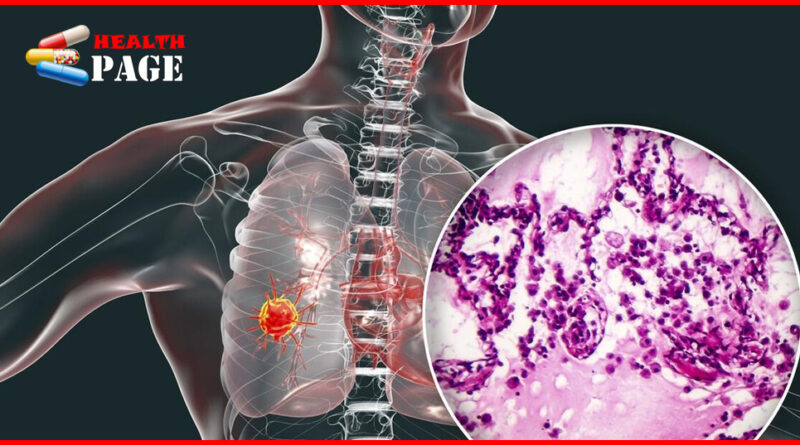Micropapillary lung adenocarcinoma is the most dangerous pathological type of lung cancer
A few months ago, I wrote about a clinical case in an article about a male patient with stage IA lung adenocarcinoma, the father of one of my colleagues. After surgery at a provincial cancer hospital, the patient did not receive follow-up treatment due to the early stage of the disease. However, two years later, supraclavicular lymph node metastasis occurred. After taking Tarceva orally for half a year, he became resistant and died soon after. At that time, many netizens in the comments asked, isn’t it said that the cure rate of early lung cancer is very high? Why did such early lung cancer metastasize in a short period of time?
This patient was indeed diagnosed at an early stage and underwent surgery at the best cancer hospital in the province using a very standard surgical method. The main reason why metastasis occurred so quickly was that his pathological subtype was micropapillary.
Development process of lung adenocarcinoma
As mentioned many times before, the development process of lung adenocarcinoma is adenomatous hyperplasia-adenocarcinoma in situ-microinvasive adenocarcinoma-invasive adenocarcinoma. Invasive adenocarcinoma is divided into stage I, stage II and stage III according to postoperative pathological staging. The specific staging will not be repeated here. There are many pathological subtypes in invasive adenocarcinoma, such as lepidic, alveolar, papillary, solid, and micropapillary. Different pathological subtypes have different prognoses. Generally speaking, lepidic adenocarcinoma has a low risk of recurrence. Adenocarcinomas mainly of alveolar and papillary types have a moderate risk of recurrence; while micropapillary and solid adenocarcinomas are the pathological subtypes with the highest risk of recurrence.
Among the various pathological subtypes of lung adenocarcinoma, the micropapillary component is consider to be the greatest indicator of poor prognosis, often accompanied by metastasis, and is consider to be the pathological subtype with the worst prognosis in lung adenocarcinoma. Studies have shown that adenocarcinoma dominated by micropapillaries has a higher probability of recurrence within 5 years. Even if there is only 1% of micropapillary components, it will affect the patient’s survival. Micropapillary lung adenocarcinoma is often prone to extensive lymphatic cancer thrombus when the primary lesion is very small, and is more likely to have early distant metastasis, such as invasion of the pleura and bone metastasis.

World Health Organization (WHO)
In 2015, the WHO added micropapillary adenocarcinoma as a major pathological subtype in the lung tumor classification. The incidence of micropapillary adenocarcinoma is relatively low, and according to statistics in my country, its incidence does not exceed 2%. Its characteristics include: 1. It is more common in middle-aged and elderly people, with lesions located in the periphery of the lungs, and mainly solid nodules; 2. It has the characteristics of small lesions and large metastases; 3. Most of them are discover in the late stage, which will show multiple lymph node metastases or extensive lung carcinomatous lymphangitis; 4. Even in the early stage, the recurrence-free survival time after surgery is the shortest among all types.
Based on the above analysis, it is not surprising that this stage IA patient developed distant lymph node metastasis two years later. Fortunately, the EGFR gene mutation rate in micropapillary lung adenocarcinoma is very high, as high as 85% in clinical studies in China. Therefore, this type of patient is most likely to benefit from EGFR targeted therapy.
Micropapillary type means a poor prognosis. Some patients with micropapillary components in the very early stage are very panic. What should we do? Should we use chemotherapy? Should we use targeted therapy? How can we prevent it?

Treatment guidelines
According to the latest version of the 2021 treatment guidelines for lung cancer, postoperative chemotherapy is not recommend for patients with stage I lung cancer, whether stage IA or IB, whether micropapillary or not. However, some experts believe that young patients in stage IB, if they have micropapillary components and other high-risk factors, can undergo 4 postoperative chemotherapy according to their wishes. The 2021 NCCN guidelines also recommended the third-generation targeted drug osimertinib as a postoperative adjuvant treatment for stage IB-IIIB patients for the first time. Therefore, stage IB adenocarcinoma with micropapillary type can also consider targeted therapy, or targeted maintenance therapy after chemotherapy.
As for patients with stage IA tumors containing micropapillary components, since the cure rate is very high after complete resection, no treatment is recommend after surgery, and no drugs are need to prevent recurrence and metastasis. The most important thing is regular check-ups after surgery, abandoning bad living habits, strengthening physical fitness, balanced nutrition, and maintaining an optimistic attitude.


